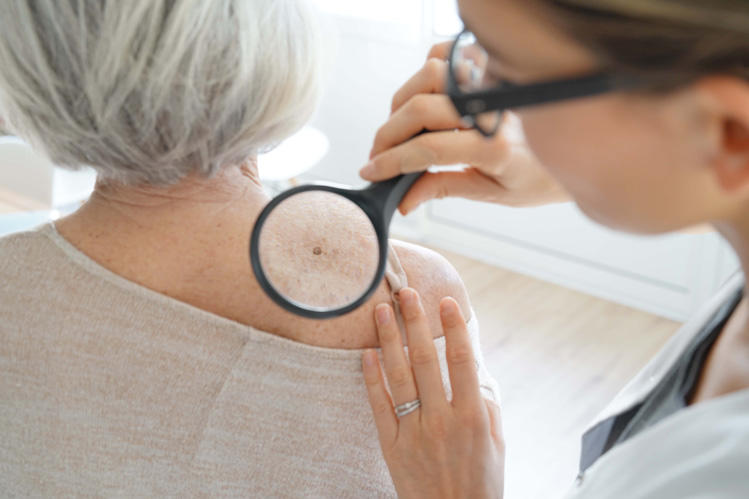Find a reliable dermatologist to help you with cosmetic care.
Find a reliable dermatologist to help you with cosmetic care.
Blog Article
Navigating Skin Cancer Therapy: The Necessary Role of Mohs in Modern Dermatology Practices
Skin cancer, an overwhelming diagnosis, usually leaves clients grappling with countless treatment choices. As we discover the intricacies of this treatment, one will appreciate its essential duty in skin cancer treatment.
Recognizing Skin Cancer: Types and Dangers
Skin cancer cells, a potentially serious malady, is even more prevalent than numerous individuals understand. This condition, brought on by the unrestrained development of abnormal skin cells, mainly results from DNA damages as a result of direct exposure to the sunlight and ultraviolet (UV) light. There are 3 main kinds of skin cancer: Basal cell carcinoma, Squamous cell carcinoma, and Melanoma. While the former 2 are much less dangerous and compose the bulk of diagnosed cases, melanoma is the most hazardous. It makes up just concerning 1% of skin cancer cells instances yet creates the vast majority of skin cancer cells fatalities - skin cancer. Danger aspects consist of reasonable skin, history of sunburn, extreme sun exposure, living at high altitudes or close to the equator, having many moles, a family history of skin cancer, and weakened immune system.
What Is Mohs Surgical treatment and Exactly How It's Revolutionizing Skin Cancer Cells Therapy
Regardless of the countless treatments currently available for skin cancer cells, Mohs surgery attracts attention as a groundbreaking and extremely effective option. Called after Frederic E. Mohs, the doctor that established the treatment, Mohs surgery is a specific surgical method used to treat skin cancer cells. During the procedure, slim layers of cancer-containing skin are progressively gotten rid of and checked out up until only cancer-free tissue stays. This approach allows the cosmetic surgeon to verify that all cancer cells have actually been gotten rid of at the time of surgical treatment. This degree of precision, integrated with the ability to spare as much healthy and balanced tissue as possible, is changing skin cancer cells treatment. Therefore, Mohs surgical procedure has actually become a foundation of contemporary dermatology techniques.
The Advantages of Mohs Surgery Over Conventional Skin Cancer Treatments
Structure on the ingenious nature of Mohs surgical treatment, it's essential to consider its various advantages over traditional skin cancer treatments. Unlike basic procedures, Mohs offers a greater cure price, often getting to 99% for new therapies and 94% for recurring cancers cells. This accuracy is because of its unique approach of considerably removing and checking out cells layers until only cancer-free cells stay (mohs surgery). Furthermore, it minimizes damages to healthy and balanced skin, resulting in much less scarring and improved cosmetic end results. Mohs likewise provides instant results, removing the anxiety-ridden wait common with various other methods. Last but not least, it's cost-efficient, as the surgical procedure and microscopic examination take place concurrently, check my site removing the need for added lab solutions. Thus, Mohs represents a substantial development in dermatological methods.
The Procedure of Mohs Surgical Treatment: What to Anticipate Throughout the Refine

Potential Adverse Effects and Post-Operative Treatment of Mohs Surgery
Undergoing Mohs surgery, like any type of other operation, involves prospective side results that people need to understand. Usual negative effects consist of discomfort, bruising, and swelling at the surgical treatment website. These are typically short-lived and convenient with non-prescription discomfort medication and ice packs. In uncommon cases, clients may experience infection, bleeding, or an allergic reaction to the anesthetic. Post-operative care is important to recovery and minimizing adverse effects. This typically involves maintaining the wound clean and completely dry, taking prescribed medicines, and avoiding exhausting tasks. Individuals need to likewise go to all follow-up consultations for wound care and tracking. Sometimes, extra treatments might be necessary to ensure full removal of the cancerous cells. Sticking to these post-operative treatment standards can significantly boost healing and outcomes.
Conclusion

Report this page